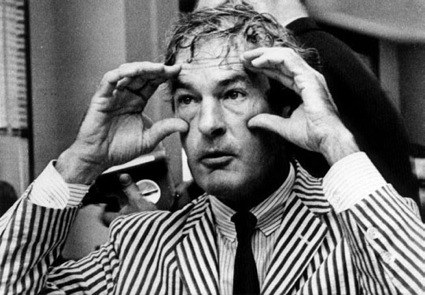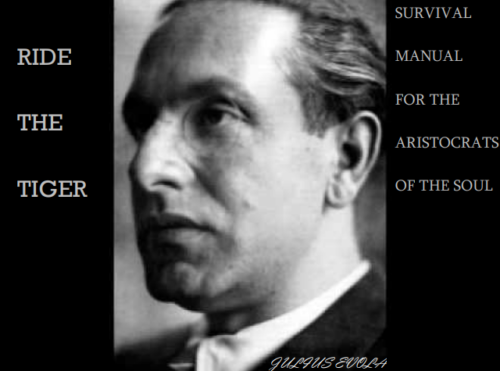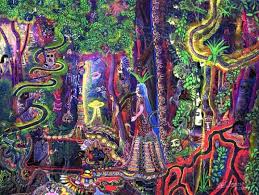
Jordan B Peterson has struck a dull and ossified mediascape like a meteor. Where there used to be only talking heads reading from teleprompters and a variety of family-rated corporate whores, the Canadian professor has burst onto the scene spraying the truth like machinegun rounds. Being so used to lies as we are, this has astonished us, and as of right now Peterson is the man of the moment. The reaction he has generated is an echo of another psychologist who clashed with the Establishment of his time – Timothy Leary.
Once described by U.S. President Richard Nixon as “the most dangerous man in America,” Leary was a pioneer of psychedelic therapy. Also like Peterson, Leary was once a psychology lecturer at Harvard University. Leary devoted his life to understanding the human mind and behaviour and communicating this knowledge to other people, and in doing so helped set them free.
And in setting people free, he became the enemy of the Establishment.
Peterson and Leary are hated by the Establishment because they deprogrammed the young people of their time from the brainwashing that the elites had forced onto them. In Leary’s time, during the early 60s, the young had been brainwashed to be right-wing: they had been programmed to be judgmental, harsh, even hateful. Leary’s task was to teach them to love, and he found that psychedelics were useful for accelerating this deconditioning process.
The only difference with Peterson in this regard is that the young people being deprogrammed by Peterson have been brainwashed with left-wing logic. Instead of being programmed to be discriminating and hard, they have been programmed to be unquestioning, passive, yielding and soft. In other words, where Leary was confronted with a youth that was too masculine as a response to World War II, Peterson has been confronted with a youth that is too feminine as a response to the great decades of peace.
Timothy Leary showed in the Concord Prison Experiment that violent felons could be induced to repudiate their criminal ways if given a guided psychedelic therapy session under the supervision of a qualified therapist. Recidivist criminals learned some empathy for the victims of their aggression and swore off it. In other words, he showed that an excess of masculinity can be countered by the restorative effects of psychedelics.
Those restorative effects can also counter an excess of feminity. They can help a Western world that has lost itself in materialist sensations. We are so obsessed with our own bodies and with sensory pleasures that we have lost touch with the spiritual and with the transcendental. Peterson correctly understands that psychedelics can help here but he is also canny enough not to fall into the Leary trap of propounding something that the populace isn’t mentally ready to handle.
Both men also had a message of “turn on, tune in, drop out”, only they are different. Leary’s message was to drop out of society entirely. His belief was that people who turn on to their true nature will realise that it isn’t served by the way society is structured, and that if they completely rejected it they could form a new society that suffered from none of those problems. A new society could be built by a switched-on movement of hippies, and it would prevail.
Peterson has a similar message, only without the anarchism. For both Peterson and Leary, turning on and tuning in involved learning to know one’s own mind, one’s one thoughts and consciousness. Where Peterson is different is that his emphasis is on restoring order within oneself before attempting to impose order upon the external world. His catchphrase is “Clean your room before you worry about fixing the world,” echoing Gandhi’s “Be the change you want to see.”
Where both men are exactly the same is in that they teach people to look within for answers, instead of without. Teaching young people to rely on their own judgment and their own experiences instead of taking direction from aggressively self-imposed moral authorities absolutely terrifies the Establishment – because the Establishment consists of nothing more but self-imposed moral authorities.
The Government, the Church and the media all gain their power from the attention that they are given by those who look to them for guidance. Power flows where attention goes. When Peterson exhorts young people to impose order upon their own inner lives so that they can more easily impose order upon the outer world, these Establishment elites correctly see this as a massive risk to their own influence and control – and that’s why the Establishment and its lackeys are attacking him more and more.
The true counterculture is neither left-wing nor right-wing, but simply a reaction to the excesses of the previous culture. In the same way that Leary was the voice of the left-wing counterculture of the 60s that opposed right-wing thought control, Peterson is the voice of the right-wing counterculture of this decade that opposes left-wing thought control. In this way, he is another iteration of the philosopher-king archetype who gets attacked by the liars in the Establishment – a pattern going back at least to Socrates.
*
If you enjoyed reading this essay, you can get a compilation of the Best VJMP Essays and Articles of 2017 from Amazon for Kindle or Amazon for CreateSpace (for international readers), or TradeMe (for Kiwis).



